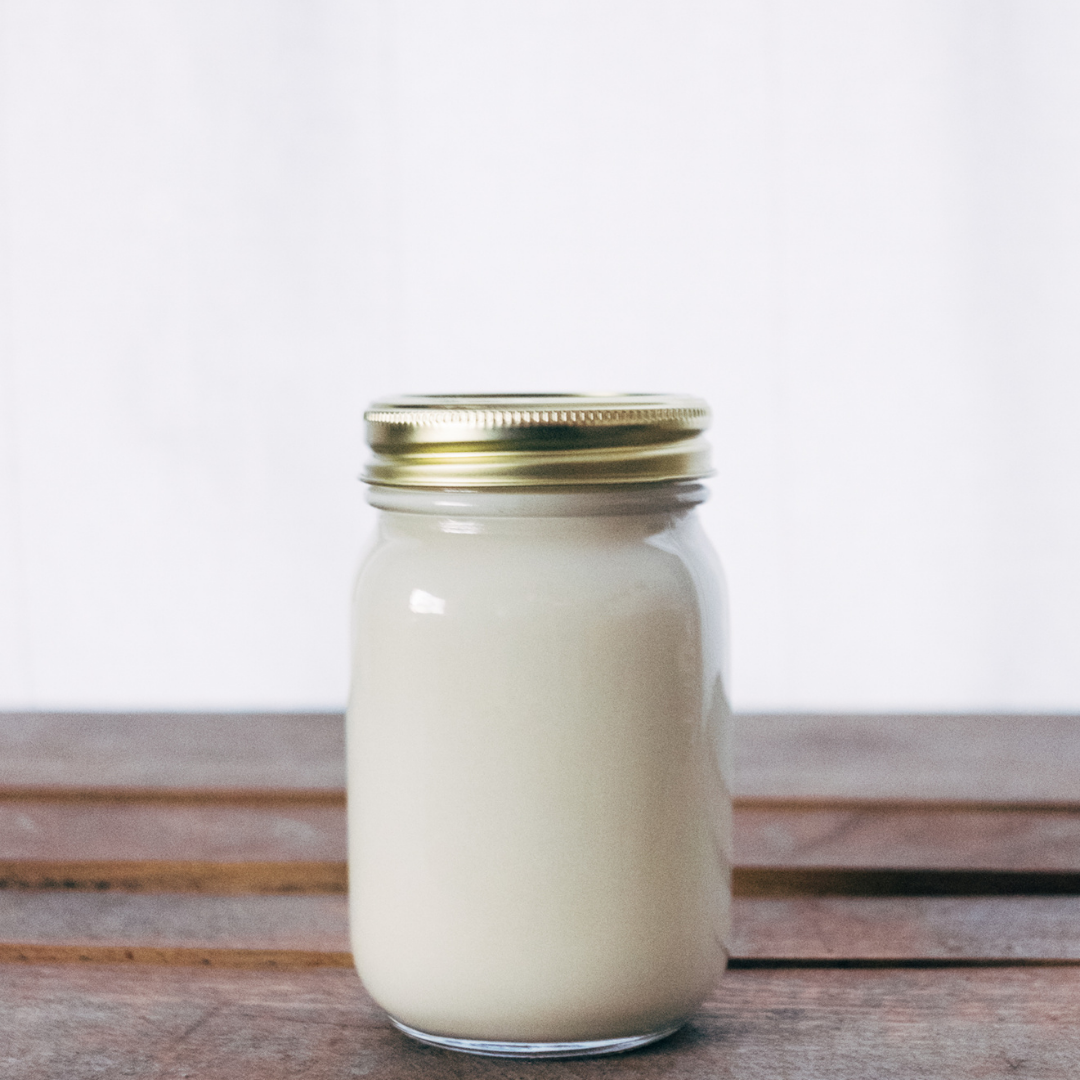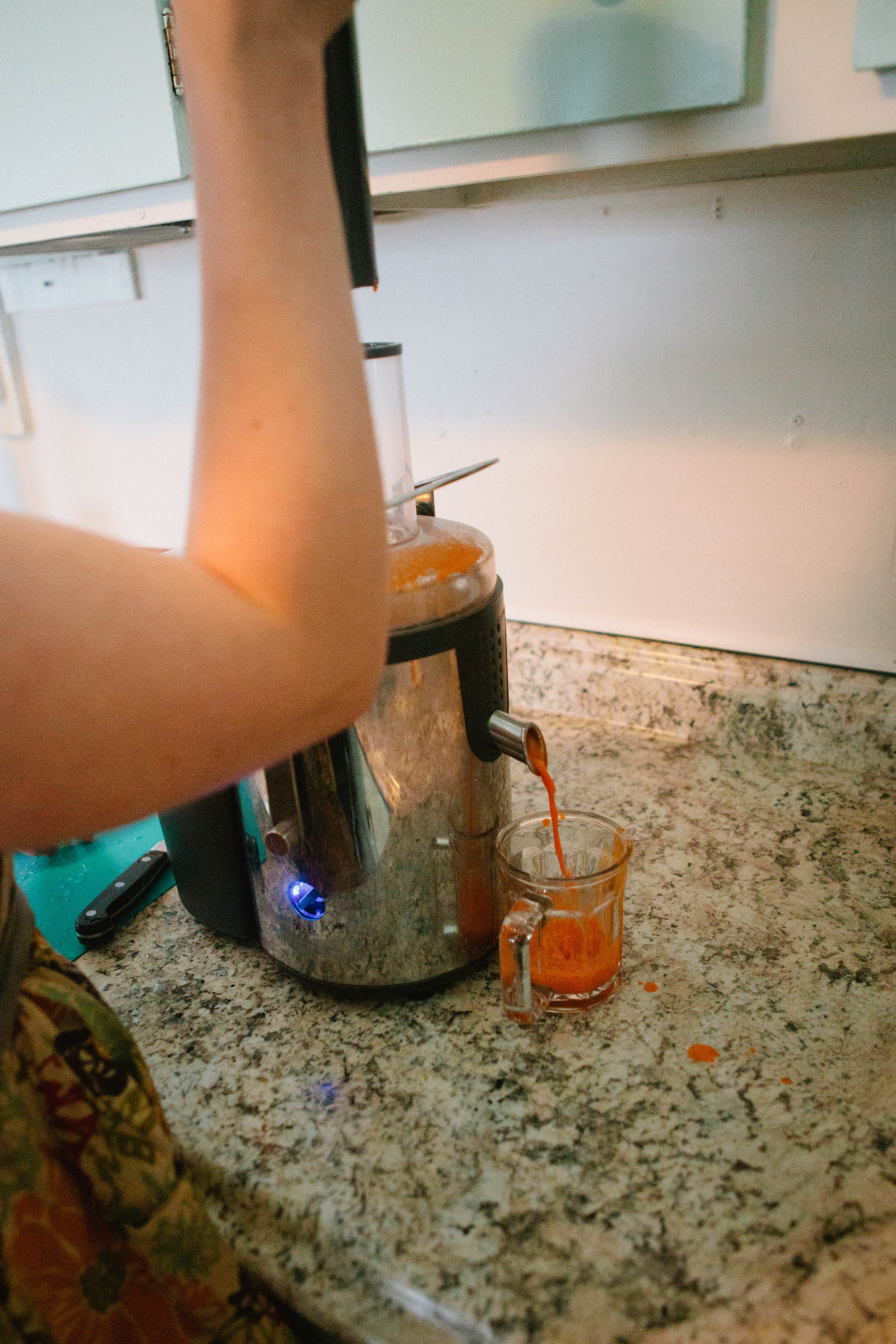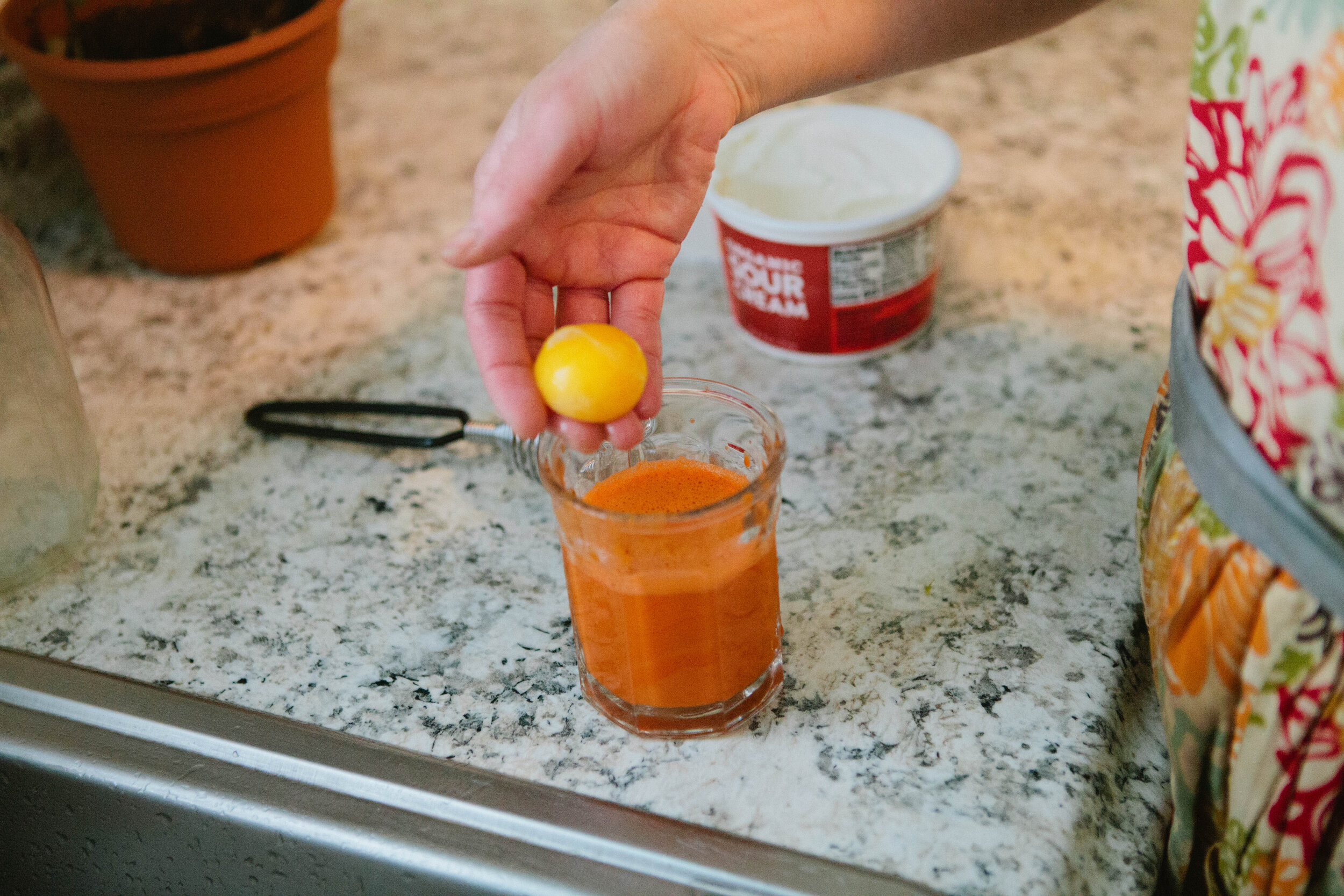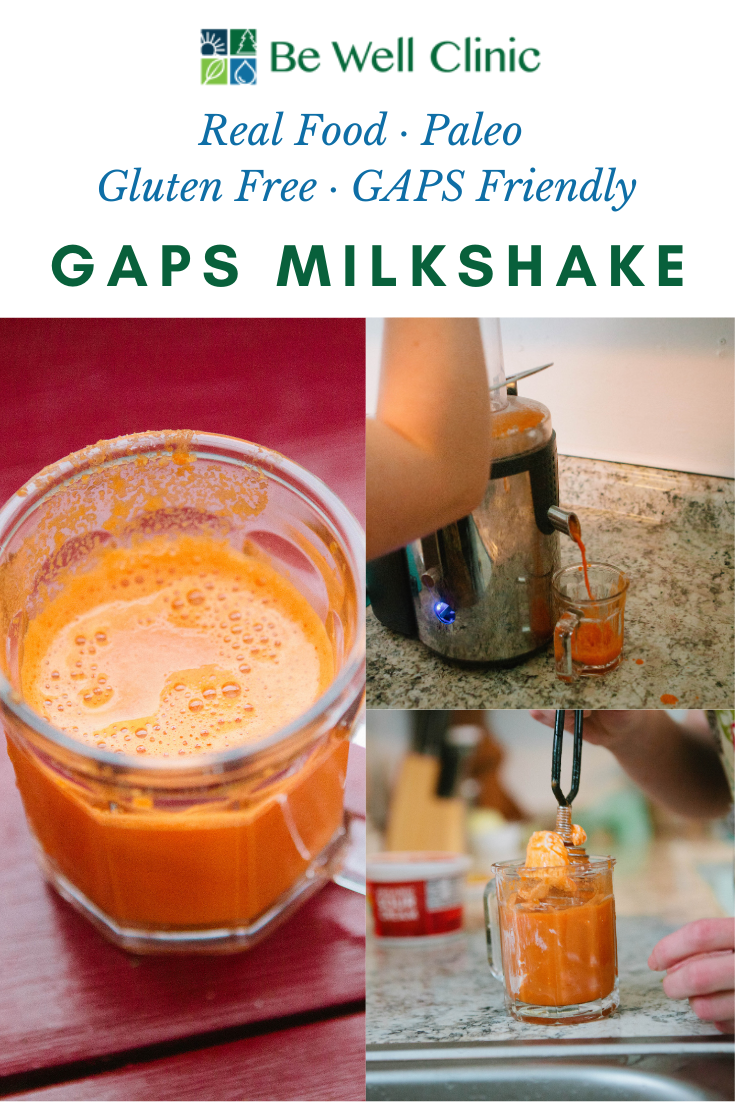I had an interesting week last week. For the first time in a while, my body stopped me in my tracks. I'm not saying that I've had symptom-free days every day for the last few months. I have had the occasional headache, been sick with colds, and felt the effect of too much detox or too little sleep.
But this was a little more.
For four days I was out of commission, only doing the bare essentials. I cut out all the “extras" in my diet, ate foods only on GAPS Intro Stage 1, and increased my fat and desiccated liver intake. I went to bed hours early, took naps during the day, and still felt exhausted. I drank enough water and took enough detox baths to dry up a river, and I applied essential oils liberally. Nothing really helped, beyond occasionally providing a few minutes of partial relief.
I am still not sure what exactly was going on, but as best as I can figure, it seemed to be some kind of significant detox reaction. I had a headache that wavered between annoying and a migraine, sore muscles, tinnitus, nausea, VERY tired eyes, and a brain that simply would not focus. None of these were fun, but what brought me to tears was not any of these symptoms.
It was fear.
Fear that I had missed something (since I wasn’t sure why I felt so awful).
Fear that I had pushed myself too hard (although I had been pacing myself).
Fear that my headache would never end (this did seem logical at the time).
Fear that my eyesight was failing (my vision was fine two days before).
Fear that I would feel like this forever, I would never again feel well, and I was wrong to think that I could be a “healthy” person.
And just fear. Fear about nothing.
But these fears were overwhelming my thoughts and reason.
My overwhelming fear only lasted a short time, because I have a great Friend who does not leave me alone. He gives me hope (see post), and I really couldn't do life without Him. He walked with me in that dark moment and let me know He was with me, and that it was going to be okay. That brought me peace, even though I still believed that my headache would be a constant companion for the rest of my life (honestly, I really did).
While it was not all rainbows and unicorns after that, the paralyzing fear was gone. It was good to remember how hopelessness feels, a feeling I have often experienced on my health journey. When it feels nearly impossible to believe that anything could change, that better health could be possible. It's good to be reminded, so I can be grateful, and so I can better help you. It takes courage to go to another practitioner, change your diet yet again, or make another lifestyle change. It takes tremendous courage and strength to keep striving for better health, when health seems to be an impossible goal. If this is where you are at right now, you are so very strong and courageous. I want you to know that.
From years of experience I know that it takes courage to be sick. But over the last few months I have learned that it also takes courage to be well. It takes courage to live outside of the awful (yet familiar) limits of a health condition. Courage to eat a food that is now okay for you, order off a restaurant menu, or eat a food your friend offered without grilling them about ingredients. Courage to let your just-in-case prescription run out. And it takes tremendous courage to live your life in freedom, even when facing (like I did last week) a short illness, detox reaction or bad day. Courage to push the limits because you refuse to be intimidated by them anymore.
And...
...sometimes you melt in the middle of the floor, in tears, because you think your health has collapsed and you're probably going to be blind soon!
That’s okay too!
Courage is not the absence of fear. In fact, without something to fear, there can be no courage.
Don’t be ashamed of your fear, but don’t let it rule you, either. Remember, you are strong, and you are made for more.
No matter where you are in your health journey, take courage!
As we go, Onward!












